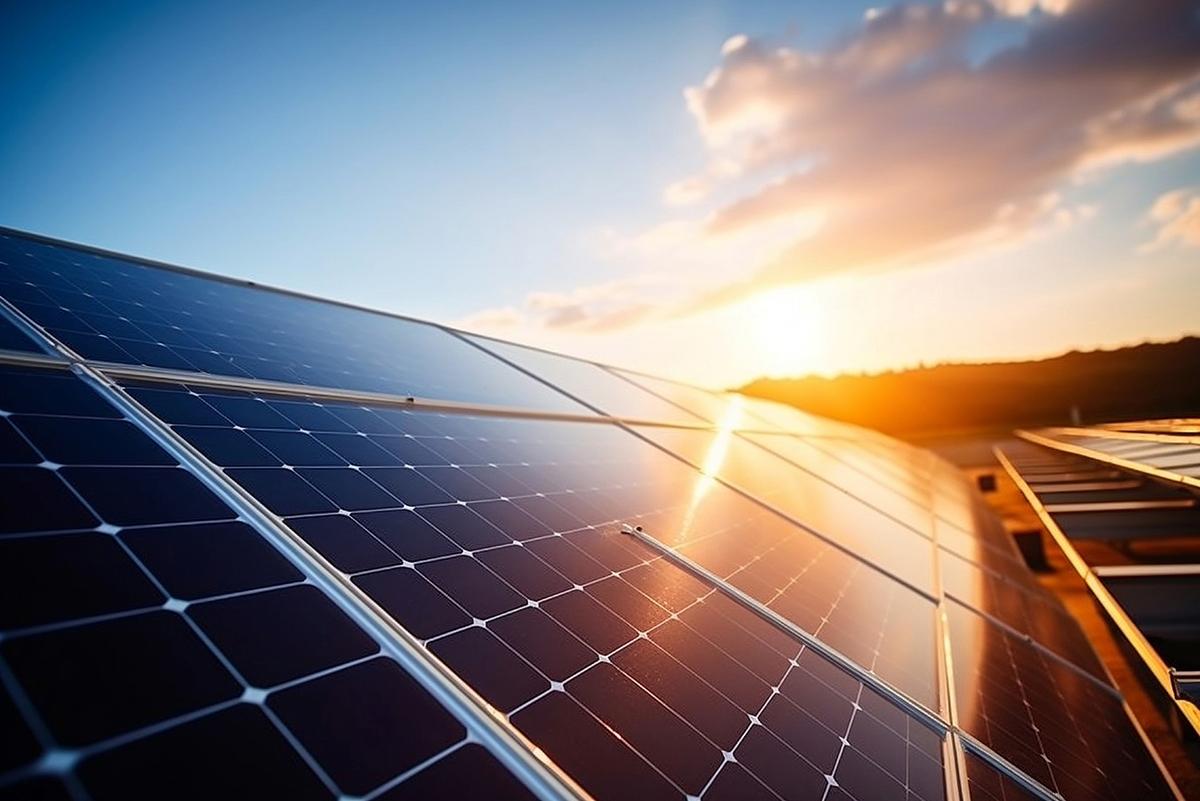
A Guide to Surge Protection
- Mar 31 2025
- /
- 154

Imagine harnessing the power of sunlight to create electricity, as if you could turn sunshine into a source of endless energy. That's precisely what photovoltaics, often called the "magic of solar energy," allows us to do.
Photovoltaics have become a vital technology for generating clean and renewable energy, and they are widely used to power homes, businesses, and even utility-scale power plants. Solar energy is a sustainable and environmentally friendly source of electricity, contributing to efforts to reduce greenhouse gas emissions and combat climate change.
Photovoltaics have a fascinating history that spans several decades. Here’s how this massive evolution in technology came to be:
The phenomenon of converting sunlight into electricity was first observed by Alexandre-Edmond Becquerel in 1839. He discovered the photovoltaic effect while experimenting with an electrolytic cell composed of two metal electrodes in an electrolyte solution. However, the practical application of this discovery would take many years.
Albert Einstein made significant contributions to understanding the photoelectric effect, which laid the foundation for modern photovoltaic technology. In 1921, he was awarded the Nobel Prize in Physics for his work on the photoelectric effect.

Researchers at Bell Laboratories, led by Calvin Fuller, Gerald Pearson, and Daryl Chapin, developed the first practical photovoltaic cell in 1954. This invention marked a turning point in solar technology as it paved the way for the commercialization of solar cells.
Photovoltaic technology gained prominence during the space race between the United States and the Soviet Union. Solar cells were used to power satellites, including the Vanguard 1 satellite in 1958, the first artificial satellite to use solar cells for power.
The oil embargo of the 1970s and growing environmental concerns led to increased research and development in solar technology. Governments and private companies began investing in solar power, leading to efficiency and cost reduction advancements.
Solar photovoltaics continued to evolve, becoming more efficient and cost-effective. Innovations like grid-tied solar systems and net metering allowed homeowners and businesses to harness solar energy and feed excess electricity back into the grid.
Photovoltaics (PV) is the technology and systems that harness sunlight to generate electricity. It directly converts sunlight into electrical power using devices called photovoltaic cells or solar cells.
Here's how they work:
1 Absorption of Sunlight: When sunlight (photons) strikes the surface of a photovoltaic cell, it is absorbed by the semiconductor material.
2 Generation of Electron-Hole Pairs: The absorbed energy from sunlight excites electrons in the semiconductor material, causing them to become energized and create electron-hole pairs.
3 Flow of Electric Current: This energization of electrons creates an electric current as the electrons flow through the semiconductor material. The movement of electrons generates electricity, which can be harnessed for various applications.
4 Collection and Conversion: An electrical field within the photovoltaic cell directs the flow of electrons toward an electrical contact, creating a voltage difference. This voltage can be utilized as electric power.

This isn't electricity generated by fossil fuels; it's clean, green, and abundant. It can power your home, charge your devices, and even light up entire cities - all while leaving no trace of pollution behind. Photovoltaics is like having your sunshine-powered generator, making the world a brighter, greener place one photon at a time.
So, whether you're looking to reduce your carbon footprint, save on energy bills, or simply embrace the wonder of harnessing sunlight's hidden power, photovoltaics is your ticket to a sunnier and more sustainable future. Science, technology, and a touch of magic are all rolled into one!










Check out our amazing 9 STAR QUALITY GUARANTEE